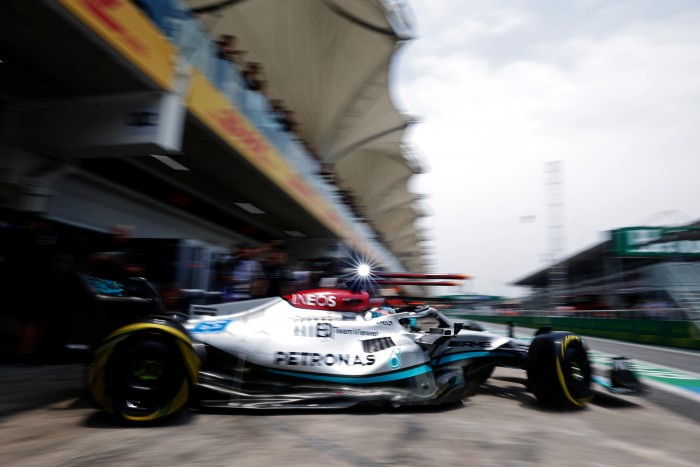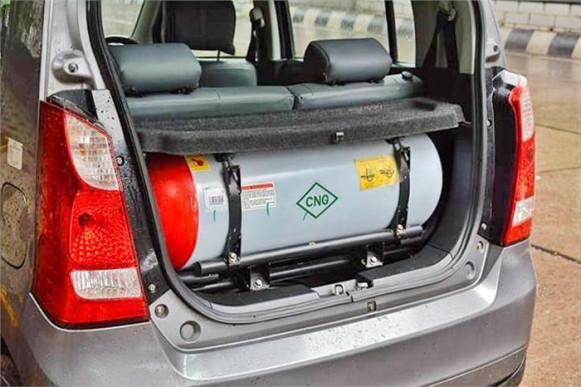FÓRMULA-1

How does a small 1.6L V6 engine deliver 1,000HP?
1000 hp engines aren't amazing these days. Even, they are not reserved for the racetrack, but we also find them in some exclusive production cars.
However, producing that amount of power using a 1.6-liter engine, with electric assistance, of course, looks like real magic.
Jason Fensky is the man who proverbially demystifies these things on the Engineering Explained YouTube channel, and this time under his scrutiny came a "high displacement" 1.6-litre turbo V6 paired with two electric motors.
The origins of the current generation of engines date back to 2014, when the FIA, Formula 1's governing body, created the specifications for the powertrain in question. Part of these specifications include a turbocharger, two electric motors and a battery. However, unlike the Toyota Prius, which is designed to achieve maximum efficiency, the F1 hybrid configuration has a different task, which is to provide extra power.
An electric motor is used to regulate the turbocharger instead of the turbocharger control valve, as well as for regenerative braking. The energy obtained from these functions is stored in a battery, which is used to power another engine, “stuck” to the crankshaft. This system is called ERS (Energy Recovery System), which provides an additional 160 hp and can be used for additional short “firepower” during acceleration or overtaking.
Alone, the internal combustion engine generates 830 hp, which is incredible for such a small unit. Equally fascinating is the fuel efficiency of these units. For safety reasons, F1 cars cannot fill up during the race, which means they must carry enough fuel for around 400 kilometers. Formula 1 regulations also limit the maximum amount of fuel to 110 kilograms, which is equivalent to 140 liters.
To provide the required power and efficiency, F1 engines have a thermal efficiency of over 50 percent, which is significantly higher than the 35 percent achieved by modern passenger cars. Achieving these attributes requires a combination of pre-chamber ignition and a high compression ratio of 18:1. There are also some tricks that engine builders can use for both pre-chamber ignition and higher compression ratios. They are protected and are part of the “secret recipe”, which is part of the Formula 1 car's powertrain.
by: Mundoquatrorodas

Nenhum comentário:
Postar um comentário